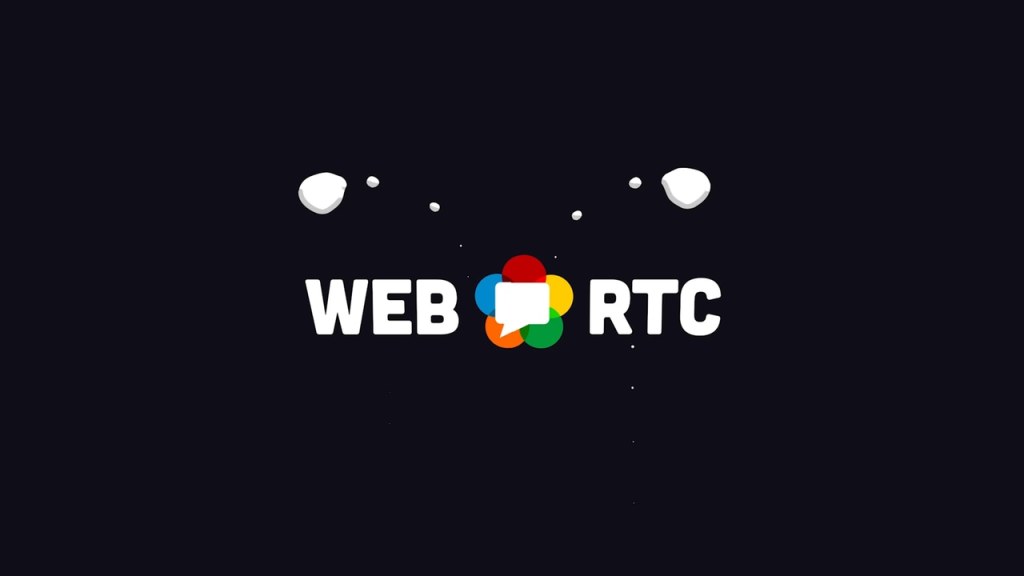WebRTC (Web Real Time Communication): For a long time now, people have been looking for a way to create voice and visual contact with others through the browser. This is without the need for external software and unnecessary installations. And more importantly – everyone wanted something that would allow a conversation with any other person, regardless of a particular computer, operating system or anything else that differentiates between people.
This new technology is named WebRTC. It allows the browser to act as a real-time communication hub. Technology companies led by Google have developed this technology to enable video calling without any installations. WebRTC technology provides fast and simple media flow to run in the browser. This enables you to conduct superior quality video calls, without any installations and complications.
It is the future of video communications. Like Google’s Chrome OS and the variety of services it offers – no software to download, everyone speaks to everyone, no differences.
Recommended post: Technology Definition | What is Technology
Web Real Time Communication
Web Real-Time Communication (WebRTC) is both an open-source project and specification that enables real-time media communications like voice, video and data transfer natively between browsers and devices.
What transport protocol does WebRTC use?
The Real-Time Transport Protocol (RTP) that WebRTC actually uses is SRTP (Secure Real-Time Transport Protocol). The purpose of this is to ensure that the exchanged data is protected and authenticated appropriately. Due to face-to-face communication, keeping latency low is especially important for WebRTC.
Is WebRTC a good technology to use?
WebRTC allows video and voice streaming to run within web pages. No plugins are needed in your browser to do that. It has become a vastly popular technology to use for video calling today, but WebRTC is capable of so much more than that.
WebRTC is supported today by all modern browsers, such as:
- Google Chrome
- Mozilla Firefox,
- Apple Safari
- Microsoft Edge
A user may also take this data and integrate it into a computer application or embedded device. So you don’t even need a browser for it.
Is WebRTC owned by Google?
WebRTC was released in May 2011 by Google as an open-source project. Google bought Global IP Solutions in May 2010, a VoIP and videoconferencing software company that developed codecs and echo cancellation techniques for RTC.
WebRTC Business Applications
The technology is still under development, so we don’t know all its applications or functionalities yet.
Nevertheless, WebRTC is particularly useful for the following purposes:
- Virtual switchboard service and WebRTC can be combined by any customer service department. So, calls go to an anonymous virtual phone, which does not belong to any operator. We can also continue enjoying the applications that the virtual switchboard offers to companies, which without WebRTC, we couldn’t use.
- The WebRTC protocol allows you to conduct audio and video conference calls, from wherever you are, without downloading any plug-ins or programs. It’s as simple as sending each participant a link.
- A customer can make calls while browsing a company’s website, without having to dial a number or switch channels. Also, the call is free. You can also make calls using social networks, contacts or instant messaging.
In services that require user authentication, such as financial institutions or public administrations handling personal data. The implementation of an identity validation service using WebRTC will prove useful in these areas.
In simplest terms, WebRTC derives from Web Real-Time Communication. This technology simplifies and enhances business communications. In simple terms, it enables interactive communications. The technology is available for free and open-source. The RTC API provides real-time communication (RTC) to web browsers and mobile apps.
Recommended post: The History of Technology
